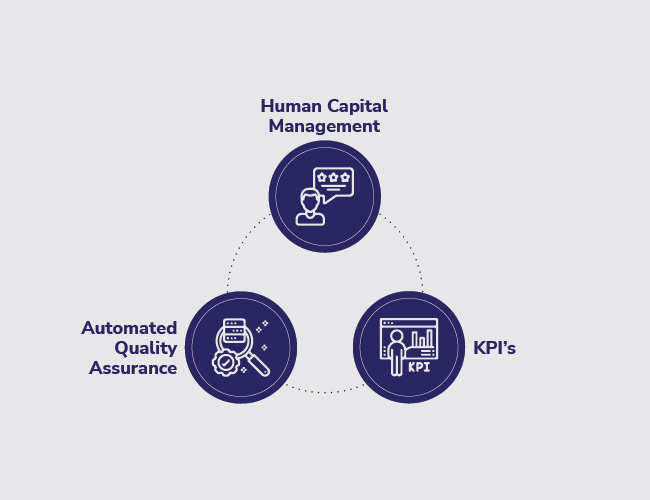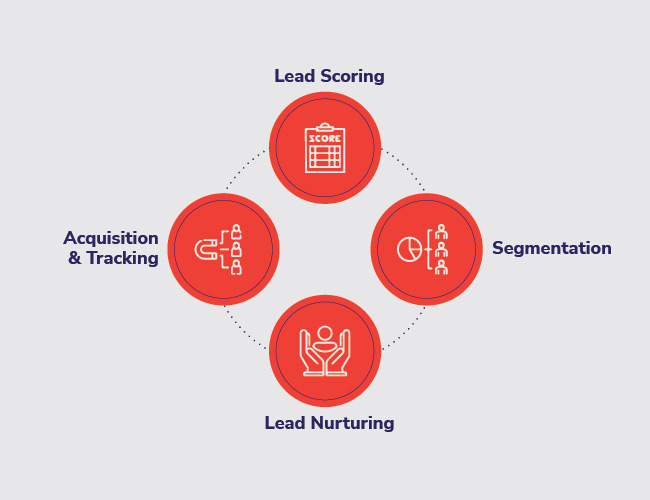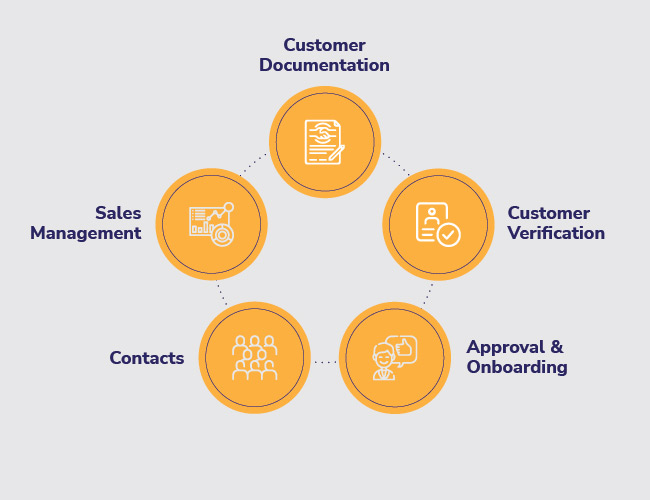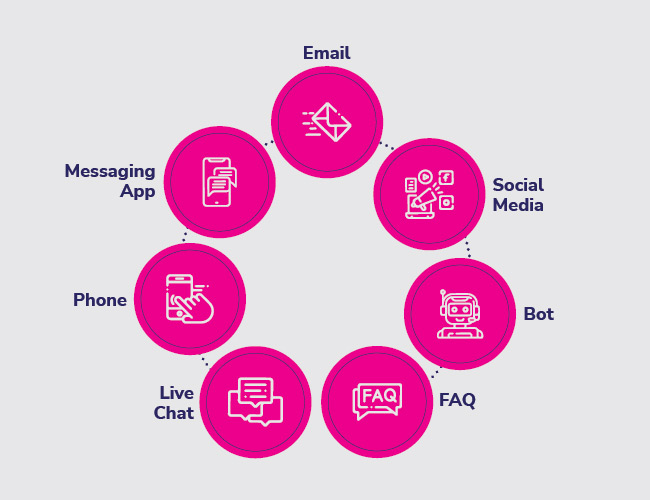
Bringing the country closer with e-governance
The onset of Information and Communication Technology (ICT) and the advancements in the field of technology, together have led to a digital revolution. This revolution has resulted in widespread adoption of ICT on various levels, be it social, political, or cultural.
Thanks to the revolution, physical governance is witnessing a paradigm shift towards e-Governance. Electronic Governance or e-Governance is the implementation of information and communication technology for delivering all government services via an electronic media. e-Governance is way more convenient and time-saving as compared to physical governance. It has a wider reach and leads to reduced malpractices.
The Indian government has taken several initiatives to successfully implement e-Governance. e-Governance will ensure the government to be transparent with its processes, accountable for its deeds, and act faster, and hence deliver good governance.
Nonetheless, the technological advancement will have to face several challenges, starting from winning the trust of the citizens. This refers to two dimensions of trust, one side of this is the user must be confident about and should feel secure while using the tool or machine, the other side is the willingness of the citizens or users to trust the government. The other challenge can be the willingness of the users to adopt the technology. Several users would be reluctant to move from paper-based to a web-based system for interacting with the government. The digital divide is also one of the major concerns, a fraction of the population still doesn’t have access to the internet, aren’t educated enough to understand the scope of e-Governance, or cannot afford a computer or a smartphone and internet connection. Educating the citizens and spreading awareness about the advantages of e-Governance and making the means of e-Governance available for all can help overcome these challenges. Besides these challenges, the government will have to take several initiatives to make e-Governance available for everybody in the country. As India is a country where language or the dialect changes within every 100 kilometres, various applications will have to be made available in vernacular languages.
Advantages
Transparency
e-Governance will result in transparency in all government dealing. All the government information that is useful for the citizens will be made available on the internet and will be available for everybody in the country. The citizens can use this information whenever they wish to see it.
Accountability
Transparency will automatically lead to accountability. The government will be accountable for all their actions, which will result in deeper trust of the citizens in the government because an accountable government is always a responsible government.
Cost Reduction
There is no doubt about the fact that internet makes communication cheaper. ICT or e-Governance will cut down on the cost of stationery, which is the major contributor to government expenditure.
Speed
Technology is making our lives simpler and faster. With the advent of e-Governance, the time taken for a government dealing will be reduced and the communication will be speedier.
e-Governance has evolved over the years in India, and in the last few years, the penetration of internet and telecommunication services has also increased. e-Governance is a much required for transparency and accountability in the Indian scenario. In the years to come, e-Governance will completely eliminate physical governance and will bring the country closer with better informed, more educated, and connected citizens.




 Dr. Madan Bhalchandra Gosavi (B.A. (Hons.), LLM, M.Phil, PhD)
Dr. Madan Bhalchandra Gosavi (B.A. (Hons.), LLM, M.Phil, PhD) Mr. Umesh Mehta
Mr. Umesh Mehta Mr. Raj Kumar Ahuja
Mr. Raj Kumar Ahuja
 Harish Shenoy
Harish Shenoy CA Uttam Prakash Agarwal
CA Uttam Prakash Agarwal Uttam Jhunjhunwala
Uttam Jhunjhunwala
 Ranjit Balakrishnan
Ranjit Balakrishnan Emmanuel N
Emmanuel N Ramu Bodathulla
Ramu Bodathulla
 Rangapriya Goutham
Rangapriya Goutham Kiran Chittar
Kiran Chittar Sushant Purushan
Sushant Purushan
 Nilesh Gupta
Nilesh Gupta Mohan TS
Mohan TS Sanjay Rawa
Sanjay Rawa Dr. Aruna Sharma
Dr. Aruna Sharma Mr.Avtar Singh Monga
Mr.Avtar Singh Monga Mr. Thompson P. Gnanam
Mr. Thompson P. Gnanam Ms. Zohra Chatterji
Ms. Zohra Chatterji Dr. Kalyan Krishnamoorthy
Dr. Kalyan Krishnamoorthy







 Mr. Pravir Vohra
Mr. Pravir Vohra Viraf Sirvala
Viraf Sirvala

 Amrita Gangotra
Amrita Gangotra




